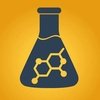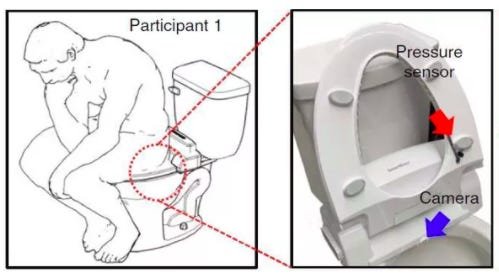2023’s most bizarre research:
The Ig Nobel prizes
Welcome to the world of the Ig Nobel Prizes, a whimsical counterpart to the Nobels. These parody awards, bestowed upon those who dare to tread into the weirder areas of the unknown, shine a spotlight on scientific research that TRULY stands out!
Best of 2023:
1. Homei Miyashita and Hiromi Nakamura – Used electrified chopsticks to enhance food flavour without needing salt.
2. Mechanical Engineering: Te Faye Yap, Zhen Liu, Anoop Rajappan, Trevor Shimokusu, and Daniel Preston, for re-animating dead spiders to use as mechanical gripping tools.
3. Public Health: Seung-min Park, for inventing the Stanford Toilet, smart toilet with a computer vision system for defecation analysis, an anal-print sensor paired with an identification camera, and a telecommunications link that can analyze the substances that humans excrete. The toilet will cost at least $1000 dollars to purchase.
Memorable Ig Nobel prizes:
1. Economics (2020): Christopher Watkins, et. al., for trying to quantify the relationship between different countries’ national income inequality and the average amount of mouth-to-mouth kissing.
2. Transportation (2021): Robin Radcliffe, et. al., for determining by experiment whether it is safer to transport an airborne rhinoceros upside-down.
3. Medicine (2018): Marc Mitchell and David Wartinger, for using roller coaster rides to try to hasten the passage of kidney stones.
4. Economics (2018): Lindie Liang, et. al., for showing that employees retaliating against Voodoo dolls of their bosses had improved morale.
Try it at work!
5. Biology (2016): Awarded jointly to: Charles Foster, for living in the wild as, at different times, a badger, an otter, a deer, a fox, and a bird; and to Thomas Thwaites, for creating prosthetic extensions of his limbs that allowed him to live alongside goats.
Thank you for reading, I hope you had fun this week!
Feel free to message your thoughts and send through suggestions for future newsletters below.




